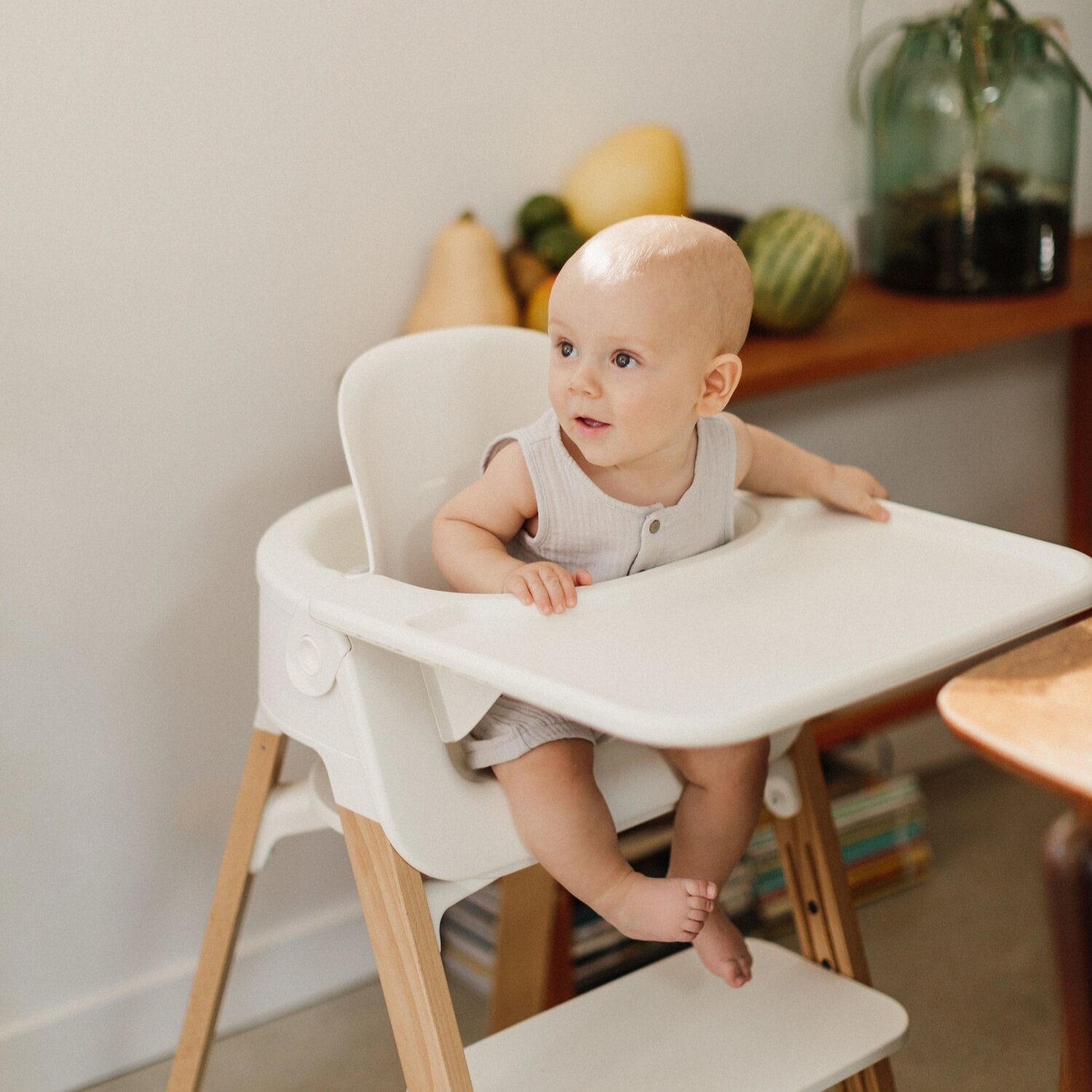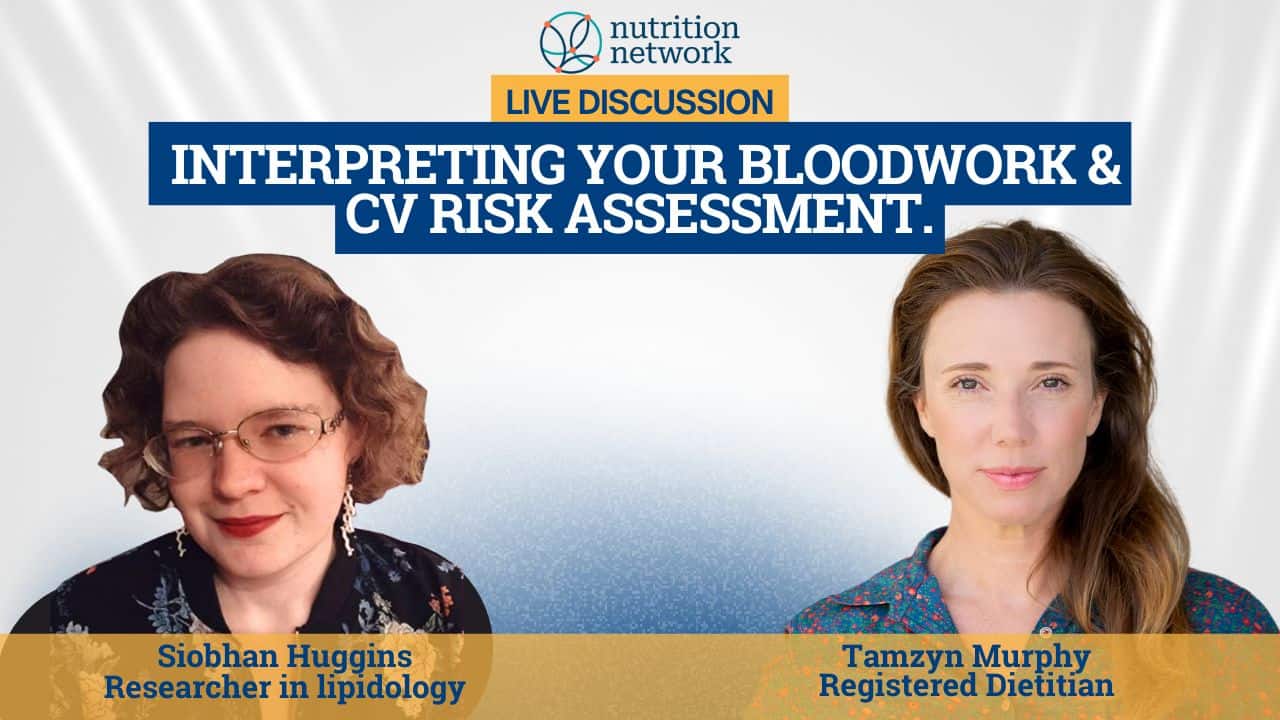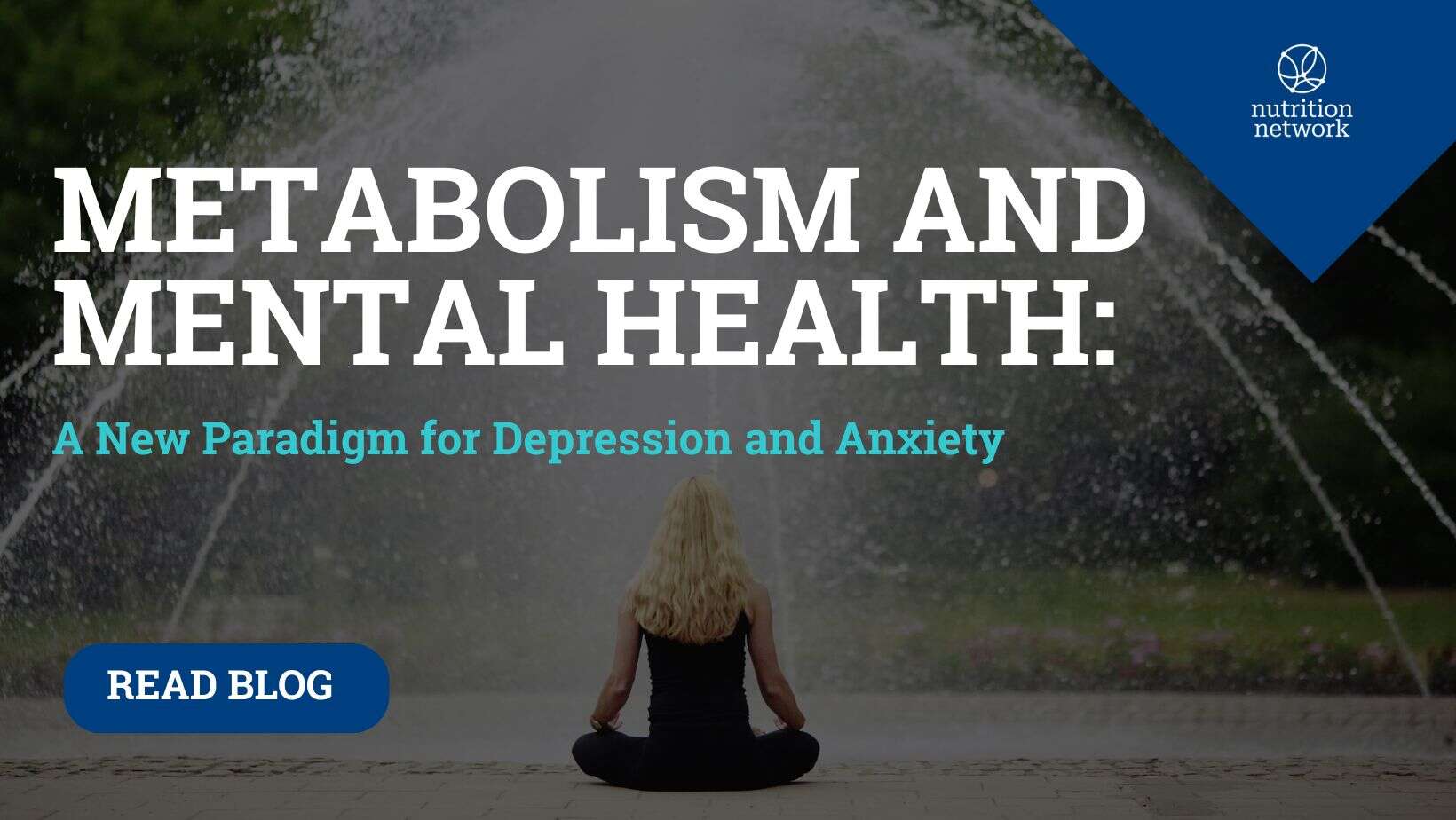
A few months ago, I ran a poll on Instagram asking which topic you’d like me to reveal the unfortunate truth about: purée pouches or baby cereal. The puree pouches won (you can read about that here) — but there was still a lot of interest in baby cereal. So after much prompting, I promised I’d share this as well.
The thing is, I prefer focusing on all of the amazing foods we can feed our babies, not just the ones to avoid. I also never want anyone to feel bad about any choices they’ve made. We’re all just doing our best for our little ones! Still, I decided to post this, because even though baby cereal is one of the most common first foods, it truly isn’t the most nourishing option for babies.
How it all started
Baby cereal was first introduced in the 1930s, marking a major shift away from real foods toward processed convenience foods. Previously known as pablum, mothers were advised to mix it into a bottle with breast milk for babies as young as six weeks old. Later, around 3–4 months of age, the pablum was mixed into a thicker consistency and spoon-fed.
It was marketed as the ideal first food for your baby.
Iron-fortified grain cereal is still a leading recommendation for starting solids, even by most pediatricians, despite everything we now know about the importance of whole foods over refined products. Sadly, processed grain products aren’t the healthiest choice for anyone, let alone for nourishing a developing baby.
Stripped of nutrients
Baby cereal is highly processed, stripped of fiber and nutrients, and high glycemic — meaning it causes drastic blood sugar spikes followed by inevitable fussiness and hunger.
Many parents start solids early, hoping to keep babies “fuller for longer,” but a high-glycemic food like baby cereal doesn’t contain the fat or protein necessary to satisfy a baby for long. It’s also very bland, which doesn’t set the stage for adventurous eating.
Even if it weren’t refined, rice is sorely lacking in the key nutrients babies need most at this stage: healthy fat, calcium, vitamin D, choline, and naturally occurring iron.
Baby cereal is fortified with iron, but it’s a form that often leads to stomach upset and constipation in babies. Wherever possible, we want to nourish babies with foods naturally rich in the real thing.
Arsenic in rice cereal
Arsenic is present in soil, so all plants can absorb some of it — but rice is particularly high in arsenic because it’s grown in flooded paddies.
As a recognized carcinogen, arsenic is regulated in drinking water. Yet there are currently no regulations for arsenic levels in food, including baby rice cereal.
While other foods account for about 19% of arsenic exposure in babies 4–24 months old, rice cereal accounts for 55%.
Several studies show that arsenic exposure from rice cereal exceeds the US Environmental Protection Agency’s maximum safe limits and markedly increases arsenic exposure in babies, with the most concerning effects seen in infants.









